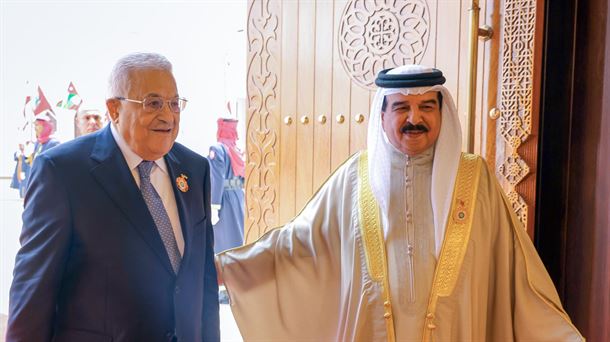The number of hot days in Austria is constantly increasing, requiring more and more air conditioning and cooling. To counter this problem, district cooling is being greatly expanded in Austria. With 135 million euros, the network system will be expanded in 2027 so that it is available nationwide. The Gas Heat Association reported this on Tuesday.
District cooling, the counterpart of district heating, promises cooling without air conditioning. For this purpose, six degrees of cold water is supplied to the customers, which is cooled in district cooling centers. When using district cooling, the water flows through pipes in the walls or is used in fan coil units (part of an air conditioning system) and thus provides cooling. As the water heats up, it flows back to cool, creating a cycle. District cooling is therefore economic and ecological, explains the trade union. It saves 70 percent energy and 50 percent CO2 compared to air conditioning systems. The electricity grid is also relieved by use.
Expansion up to 80 percent
In Austria, 20 percent of buildings with hospitals, office buildings or hotels are currently cooled in this way. The trade association hopes to increase this share to 80 percent in the future: at the end of last year, the district cooling network was 32 kilometers long, an increase of 28.5 percent compared to the previous year. However, 80 percent of this network is located exclusively in Vienna, with district cooling also in Linz. St. Pölten or in isolated state hospitals. Erwin Smole, CEO of Stadtwerke-Klagenfurt, explains that he also wants to expand a district cooling network for Klagenfurt, which will involve an investment of 16 million euros over three years.
Costs for customers still unclear
In Vienna, around 90 million euros will be invested in the expansion by 2027, said Alexander Wallisch, spokesman for the district heating sector. Wien Energie is currently providing 180 buildings with district heating with a capacity of 200 megawatts. By 2030, this value should increase to 350 megawatts. There are currently 21 cooling locations in Vienna, of which seven are district cooling centers.
Every year, ten to 15 percent more customers are added, including the AKH, the City Hall, the University of Vienna or office and commercial locations. When asked about the costs, Alexander Wallisch was unable to give a definitive answer. The price is always related to other energy sources and the contracts with individual customers are individual. The cost consists of the price for achievement and work, and also depends on local possibilities.
Source: Krone
I am Ida Scott, a journalist and content author with a passion for uncovering the truth. I have been writing professionally for Today Times Live since 2020 and specialize in political news. My career began when I was just 17; I had already developed a knack for research and an eye for detail which made me stand out from my peers.



